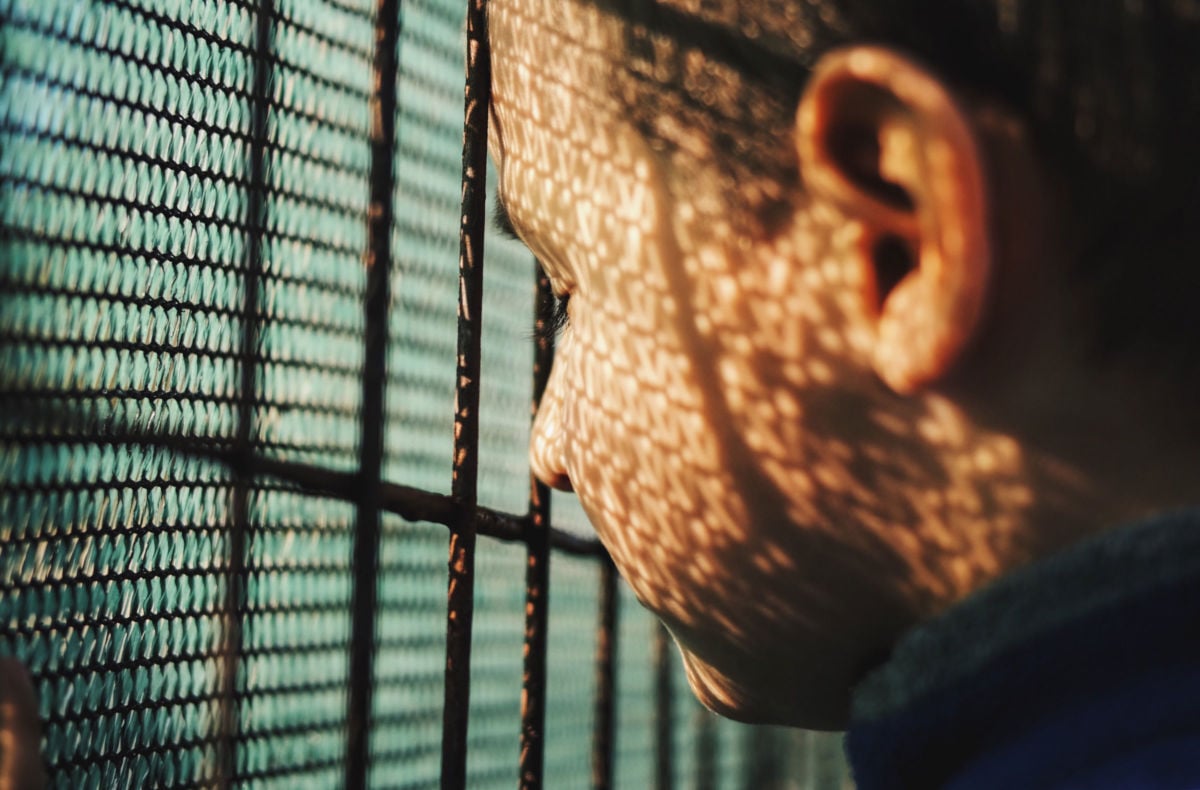This November, youth incarceration reforms may not have been on the ballot, but there’s been forward momentum for a while now in states across the country. In New York, California, Texas, Mississippi, Louisiana and Washington, DC, the rates of juvenile incarceration have decreased through campaigns that have successfully closed youth prisons, enacted state policy reforms and invested in community-based solutions.
Polls show that 81 percent of Democrats, 83 percent of Independents and 68 percent of Republicans support a major shift in the youth legal system – from a focus on punishment and incarceration to systems advocating for rehabilitation and prevention.
Clearly, Americans across the political spectrum want drastic changes in how we treat young people who need help getting back on track. As we reimagine our legal system, we should realize we don’t need youth prisons at all. Instead of more lock ups that just warehouse kids behind bars, a far better solution would be investments in community-based solutions.
Closing youth prisons is a critical first step toward fixing juvenile punishment in the US. However, the question remains: What comes next? States like Connecticut have taken steps in the right direction by closing its one and only youth prison earlier this year. Still, officials there have not finished the job: They have yet to direct any funds saved from shuttering the prison toward community-based alternatives. Without such a commitment, some states have fallen into a wasteful trap by building new prisons and jails for their own sake.
Evidence shows that community-based programs are the best way to help youth make better choices, stay on a path toward success and get back on track when they need help. But we can only achieve this if we end the cycle of throwing state money after failed solutions like more prisons. At a time when youth incarceration has been cut in half and continues to decline, youth legal reform must ensure that new youth prisons aren’t built. Simply put, there must be no new construction.
It is plainly misguided to spend hundreds of thousands of dollars on new cinder-block beds, steel toilets and locked doors when we should be putting those resources back into communities as a positive force for struggling young people.
We need to overcome the lack of imagination that binds policy makers to an outdated understanding of youth punishment. While secure care – that is, environments outside of a child’s home with locked doors that prevent them from leaving – should always be the last resort, it is completely unnecessary for the vast majority of youth. In the rare case when secure care is used, it should be small, home-like and in the youth’s community so that it can include families in the treatment process. It is tempting for those grounded in traditional systems to believe that newer, smaller youth prisons are inherently better, and this belief is taking root in other states like Virginia.
To break this pattern, we must present policy makers with compelling alternatives. Let’s resolve to more explicitly illustrate what true transformation looks like. A downsized youth prison model no longer seems like progress when one understands that, no matter their size, youth prisons continue to traumatize and impose lifelong harms on young people.
Rallying our leaders and the public behind a new vision for youth justice requires painting a vivid picture of what it looks like. The fact that there are so many possibilities is not an obstacle to implementation; rather, it is the point. Everything must be on the table: housing and community revitalization projects in under-resourced neighborhoods; job and skills programs; counseling; genuine relationships with caring adults; and other interventions that help youth and families heal and grow.
The millions of dollars we spend on prisons would be better spent on a full range of supports; this includes developing opportunities for youths while also creating an environment that addresses the root causes of crime and violence, and helps victims and communities heal. In fact, it is young people themselves who have the best ideas about the types of community investments that will help them stay – or get back – on track. For example, when Connecticut shuttered its only juvenile prison, young people who had direct experience with the criminal legal system were asked what alternatives to the prison might look like. Some suggested the money would be better used by stabilizing affordable housing, revitalizing neighborhoods, creating more employment opportunities for young people and developing employment readiness programs, to name a few of their recommendations. It’s time we listen to them.
One thing is certain: The money must come from somewhere, and until now, there has been limited investment in impacted communities as states continue to waste needed funds on new iterations of youth prisons. Big or small, old or new, we must shed the notion that when it comes to youth prisons, smaller and newer is progress. A smaller box is still just a box.
Media that fights fascism
Truthout is funded almost entirely by readers — that’s why we can speak truth to power and cut against the mainstream narrative. But independent journalists at Truthout face mounting political repression under Trump.
We rely on your support to survive McCarthyist censorship. Please make a tax-deductible one-time or monthly donation.
